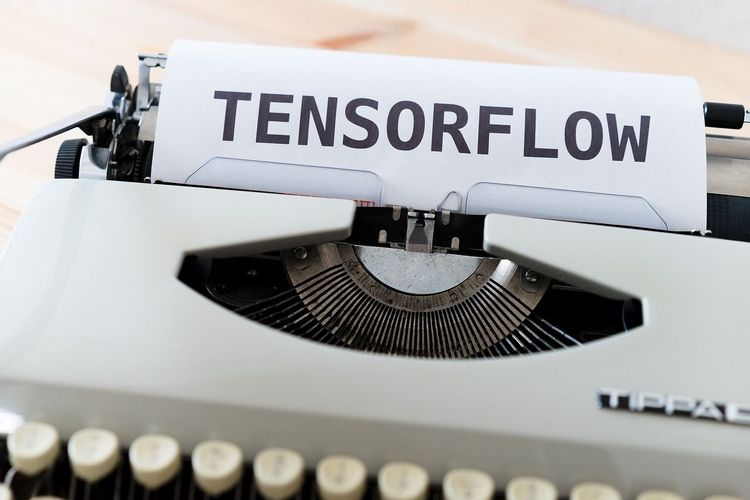Microsoft has partnered with the U.S. Department of Energy’s Pacific Northwest National Laboratory (PNNL) to leverage its Azure Quantum Elements service to refine millions of potential new battery materials down to just a select few, with one currently in the prototype phase.
Before diving deeper into the excitement surrounding Azure Quantum Elements, it's important to clarify a key point: no quantum computer was utilized for this project. Launched last summer, Azure Quantum Elements integrates artificial intelligence (AI) and traditional high-performance computing (HPC) techniques, functioning as a comprehensive workbench for scientific computation. While qubits weren't involved in this specific endeavor, the vision is to eventually unify these advanced technologies.
Krysta Svore, head of Microsoft Quantum, explained that the initiative aimed to explore the full capabilities of Azure Quantum Elements (AQE) — particularly the AI accelerator — to enhance materials discovery. Researchers at PNNL examined 32 million inorganic materials, narrowing it down to 18 potential candidates for their battery project. Initially, they employed AQE's AI models to reduce their focus to around 500,000 candidates. From there, existing HPC methods helped identify the top 18 promising candidates. Typically, this meticulous process could span years, but thanks to AQE, the team was able to complete it in just 18 months.
Tony Peurrung, PNNL's deputy director for Science and Technology, emphasized, “The synergy of AI, cloud technology, and high-performance computing, alongside human expertise, is crucial for accelerating significant scientific outcomes. Our collaboration with Microsoft aims to make AI more accessible to scientists. We believe AI has the potential to unveil materials or methodologies that are unexpected yet worthy of exploration. This is merely the first step in what we envision as an exciting journey toward faster scientific discovery.”
While many advocates of quantum computing anticipate that these machines will excel in solving challenges within chemistry and material science, we are still several years away from a quantum computer that can deliver practical applications. Currently, we remain in the noisy intermediate-scale quantum (NISQ) era. Svore maintains optimism that Microsoft will be successful in realizing its ambition of constructing a quantum supercomputer using Majorana-based qubits in the next decade.
However, despite the genuine scientific progress being made, some might view this project as partly a public relations strategy, considering the distance yet to be covered before quantum computing can significantly impact the research process.
Microsoft projects a quantum supercomputer within the next 10 years.







